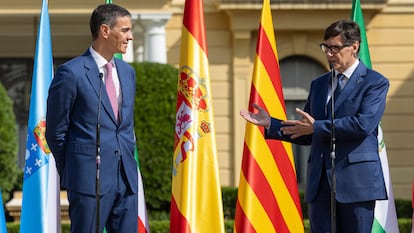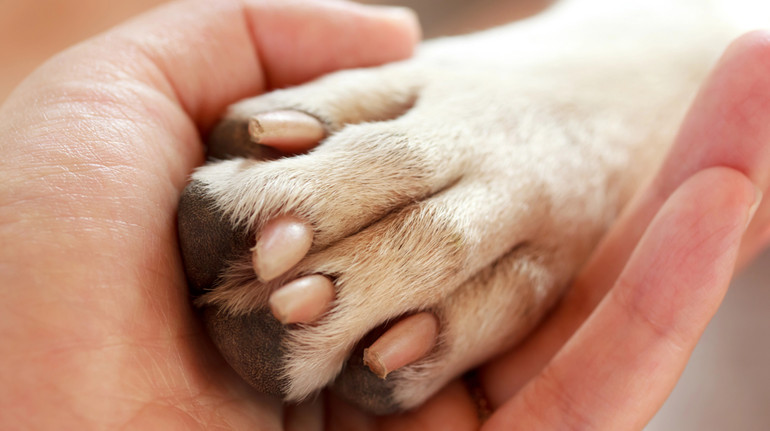The fireman documented the uprising in the ghetto. He took pictures behind the Germans
Although it might seem that the history of the Warsaw ghetto has already been fully described, there are still incredible discoveries. During the war, a young man Zbigniew Leszek Grzywaczewski served in the Warsaw fire guard. In 1943, the Germans regularly directed Polish firefighters to the ghetto -covered with fire and made sure that the fire did not get to the Aryan side.
After several dozen years, it turned out that Grzywaczewski documented what was happening on the spot – mainly during the uprising in the ghetto. He did it very often just behind the Germans. The blurred photos show, among others Children, women and older people led to the Umschlagplatz Square, from where they were taken to the Treblinka extermination camp.
There are also shots on which Germany is visible over people lying on earth. – The whole family jumped out of the window, they could not escape, and we could not help them – later wrote in his journal Zbigniew Grzywaczewski.
Zbigniew Grzywaczewski documented the uprising in the ghetto
During the war, he gave some of the prints to his friend Hilare Laks. The man after the Jewish pogrom in Kielce went with his family to Sweden, then to the United States. – Most likely, the father handed over these 12 prints, when in the early 1960s in England he supervised the construction of the dock for Szczecin Shipyard – explains the son of photographer Maciej Grzywaczewski.
However, the original clichés are lost. Two years ago, while preparing the exhibition « A sea of fire around us » at the Polin Museum, curator Dr. Zuzanna Kołacz stated Maciej Grzywaczewski to find them. From the beginning it was suspected that they exist, because some of the photos from this series were already known to extermination researchers.
They were in the Holocaust Museum and were handed over there in 1992 by Roma Laks, which was hidden during the war by the Grzywaczewski family. Her father managed to lead his wife, a daughter from the ghetto. – Father helped them all and they managed to survive the war – emphasizes the photographer’s son.
After long efforts, after reviewing basically all family boxes that Mr. Maciej had at home, managed to find the lost original cliché.
A priceless cliché from the Warsaw ghetto. A story full of emotions
Researchers have no doubt that this is absolutely priceless unique in the world. – This is the specificity of the extermination photos. At first, we don’t really know what we are looking at. Only knowing the story, he reaches us what is behind this picture. You can see nervous shifts-describes Zuzanna Schnepf-Kołacz and draws attention to the fact that the perforation is most kidnapped at moments documenting destruction.
Then, most likely, Grzywaczewski was trembling with emotions. – It also shows how large the value of the material itself is. Not only the images written on it, but also that this cliché is a carrier of emotions-explains Schnepf-Kołacz.
According to specialists, the photos were taken with a small Kohmann camera released in 1932 and why are the photos so blurred? – The camera’s casket is on the one hand, and the other is only a spool. And if it was a combined casket, it was resisted when stretching the film. The toothed circle destroyed perforation, and the film did not move, so you had to make one frame in black to move by more than one frame. However, if we take photos in action and in addition hiding from others, it may be a problem with that. That is why the cages could overlap – explains Grzegorz Kwolek.
A film entitled « 33 photos from the ghetto » which became part of the program dedicated to this year’s 82th anniversary of the outbreak of the Warsaw Ghetto Uprising. For the next six months it will be presented at festivals. Later, a premiere is planned on the Max platform, in 19 countries at the same time.
See also: They didn’t want to die. In the ghetto, they created an underground city
/5
Maciej Jaźwiecki / Museum of the History of Polish Jews / Press material
First from the left: Maciej Grzywaczewski, film producer, Democratic opposition activist during the Polish People’s Republic, son of the hero of the film « 33 photos from the ghetto » and
/5
Maciej Jaźwiecki / Museum of the History of Polish Jews / Press material
Photo taken by Mr. Zbigniew Grzywaczewski.





